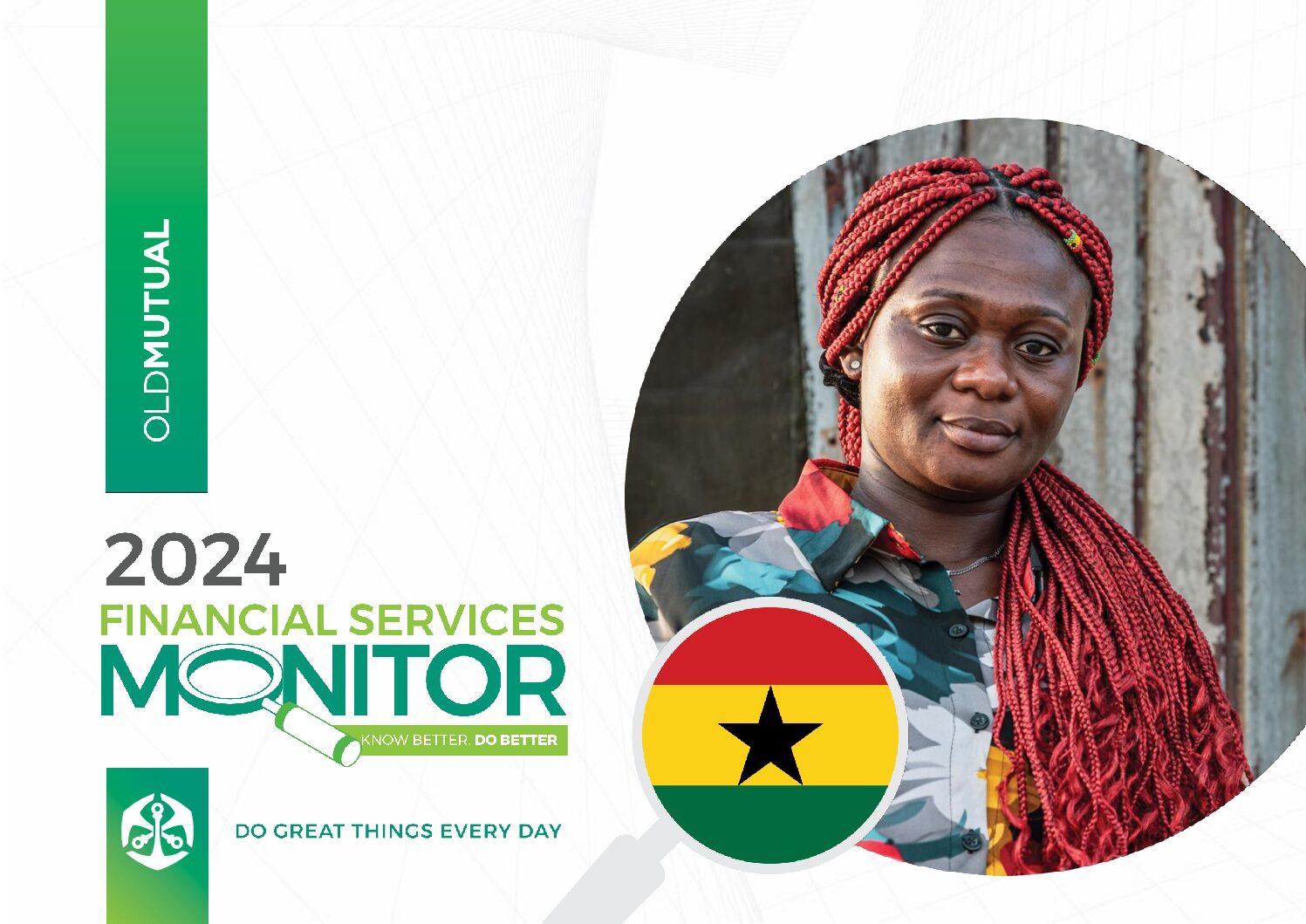Meeting the Growing Demand for Age-Friendly Care: Health Care at the Crossroads
By The John A. Hartford Foundation
America is aging rapidly. Those age 65 and older are the fastest-growing segment of the population. From 2025-2050, the number of adults 65+ will increase by 30%, from 63 million to 82 million, accounting for nearly one quarter (23%) of the total population by mid-century. And the “oldest old” ranks are growing even faster: the number of adults age 85 and older is projected to more than double between 2025 and 2050, from 7
million to 17 million.1 This older American population is also growing more diverse. While 75% of today’s older adults 65+ are non-Hispanic white, that percentage will shrink to 60% by 2050.2 We are crossing notable watersheds. By 2034, there will be more Americans age 65 and older than under 18—more older adults than children for the first time.3 Already today, among working adults, there are more caregivers of older adults (22.8 million)4
than parents of young children five and under (21 million).5 But this increase in caregivers will not be adequate for the impending caregiver shortage.
Get the report here











